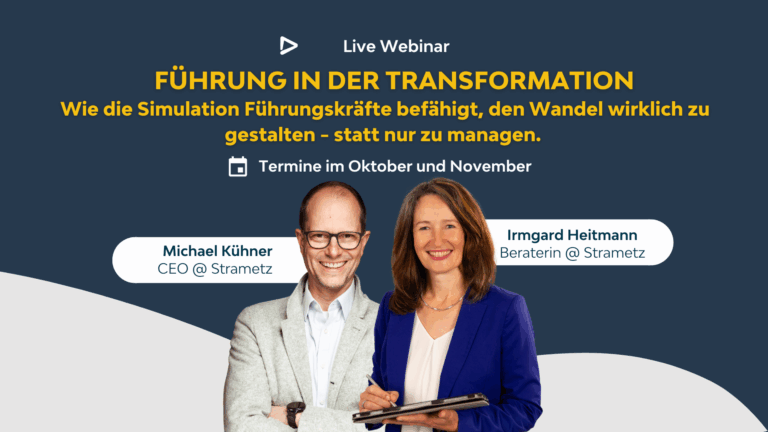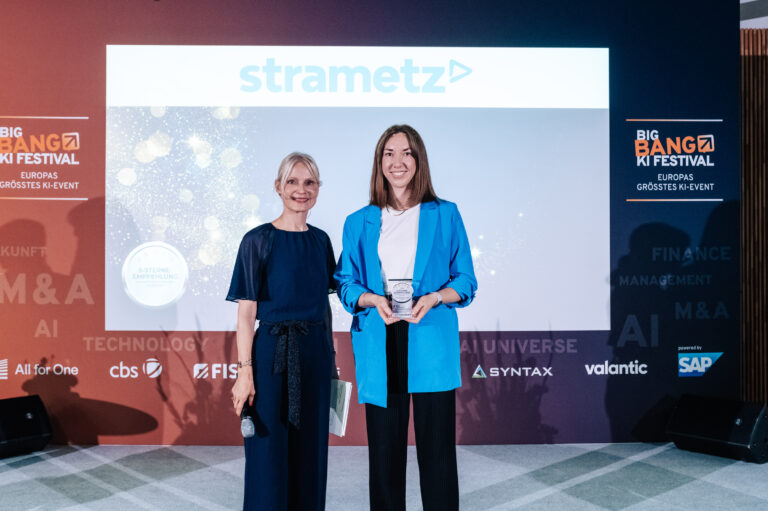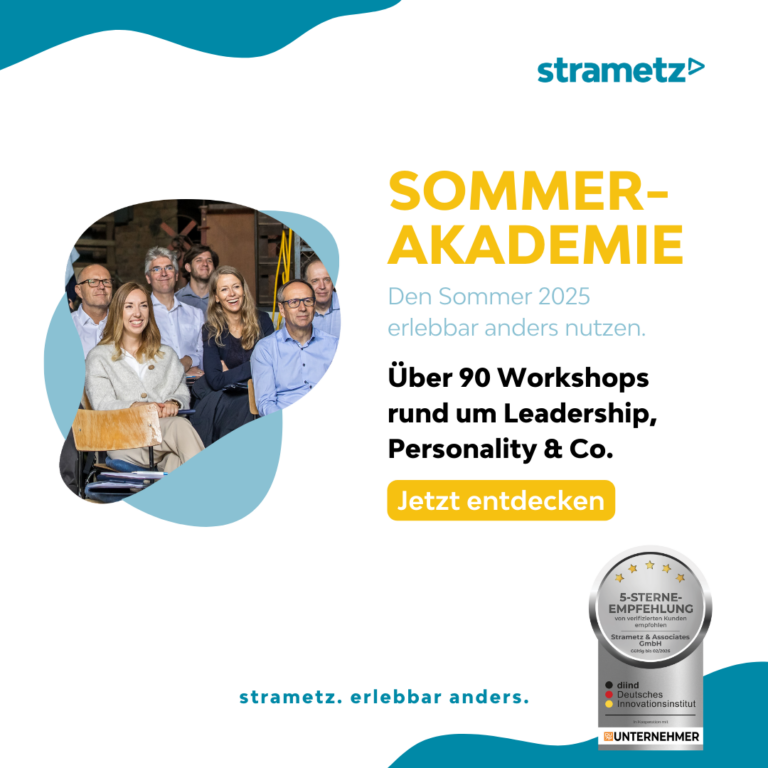A guest contribution by Judith Klups
Whether we talk about new work, digitization or digital transformation, one thing is clear: the world of work is undergoing fundamental change and “work” is on its way to the next stage of evolution. Digitalization is possibly the strongest driver, because it changes everything: the way we work, live, communicate, lead. The way to acquire, pass on and expand knowledge, to obtain and share information. The way to consume, buy and share. The changes in the world of work will be drastic: Services and products will possibly change completely, work will no longer be a place where you go, and tasks, working methods, working hours and places will change. Tasks will be completely eliminated, but new ones will be added that we cannot yet name. If companies are prepared to deal with change at an early stage, it holds great opportunities: to position themselves for the future, to remain or become innovation leaders and an attractive employer, and to design “work” in such a way that a balance is created between the requirements of the company and those of its employees.
The path to the working world of tomorrow is an individual design process for every company. However, active design is challenging in a world characterized by change. The first step is to realize and accept the holistic and fundamental nature of change in the world of work.
The second step is to focus and reduce complexity. Companies need a clear future strategy and a roadmap towards the future derived from it. The core element of the strategy for the future is a common vision of the future, because only if all those involved are looking in a similar direction can they pursue a common path. If there is a common understanding of the company’s future, a wide variety of paths can be taken to get there.
Design Future Work profiles
In order to design sustainable organizations, a central question is which core tasks will be critical to success in the future and how “work” will be structured in the future. Corporate strategy, goals and trends such as digitization, individualization and flexibilization can be translated into concrete core tasks or “work” that is done by someone, somewhere, sometime and somehow: by people, machines or both together. Goals, tasks, roles and responsibilities can change, as can the way work can and must be done in the future.
A core element of the Future Work profile is the design of an individual Future Work profile. This includes the analysis of the corporate strategy as well as the forecasted megatrends and their impact on the company. Some megatrends will have an impact on all areas of the company, others only on some or on one. Concrete questions here will be how digitization will influence existing business models, organizational forms and the people in the organization, and what can and must be digitized. It is important to clarify what role flexibility will play in the future: in terms of places, times and products. Companies need to work out what their future organizational structure will look like, what talents and skills tomorrow’s employees will need, what kind of leadership they will need, and what digital tools, work and communication means they will need.
Future Work Planning – systemic and strategic shaping of the future
Four areas serve as pillars for the development of a holistic Future Work profile:
Future strategy
- How do which megatrends influence the work that will be done in the future – the Future Work?
- What does digitalization mean for our current and future business model?
- If the strategic goal is growth, what does this mean for tomorrow’s work?
- How big does the Future Workforce need to be?
Organization
- Based on the future tasks: What will be automated and digitized, where will which roles and tasks be eliminated and where will new ones be created?
- Which organizational structure do we need, a hierarchical one or, for example, an agile project organization?
- Which management models and structures are derived from this?
- What forms and models of work will be necessary and possible in the future? What working time models do we pursue?
Personalities & Skills
- What competencies, skills and abilities do our talents of the future need? What technical skills are required, what can be learned?
- What skills, such as the ability to innovate, openness to new things or the ability to change, must our talents possess?
- What work ethic and values should dominate our workforce: a 9-to-five mentality or “work can be anywhere and can be individually scheduled”?
Culture
- What culture does the work of the future require in order to be successful? And what does Future Work entail?
- In what culture do the employees we need perform?
- Which retention tools are viable for the future, for example, type and life phase-oriented employee retention concepts?
Once the Future Work profile has been outlined, the next step is to work out how the company’s current Work profile compares. The task is to plan how the company will get from the ACTUAL profile to the desired Future Work profile. The fields of action and concrete measures often extend over the entire employee life cycle.
An example for the field of action employee retention: if it is clear what my Future Work profile must look like and what my ACTUAL profile looks like, I can consider and plan retention in a more differentiated way. Who do we absolutely want – and need – to retain, for example because specific skills will no longer be available on the market? How can sustainable bonding be designed? One approach would be to tailor retention offers individually, because one person wants more salary, another wants further training, and a third wants more flexibility to be with his family. Another example: if the strategic goal is to increase innovation capability, but today’s structures are characterized by hierarchy and there is no time and space available to promote innovation, what should be done? An exemplary field of action could therefore be seen in the area of organizational structure and culture.
Future viability through Future Work Planning
Future Work Planning enables companies to plan strategically for the future, derived from the corporate strategy and taking megatrends into account. As we move into the future, sustainability is very important. Often, individual measures, ad-hoc issues and decisions dominate the company’s daily routine, and it is precisely the complexity of current change that invites us to think smaller. This is because holistic and systemic approaches are obviously more costly in the first step, but they ensure targeted measures, especially with regard to the future viability of the company.
An annual analysis of the GAP between the future work profile and the current one is recommended in order to assess which measures have been successful, which topics are taking effect and which changes are actually taking place. In addition, it is crucial to remain flexible and agile instead of developing “rigid” future images and strategies. Such an approach enables companies to move from a buzzword like “digitization” in a targeted manner to strategic planning of the future work profile – and thus of the overall organization.











